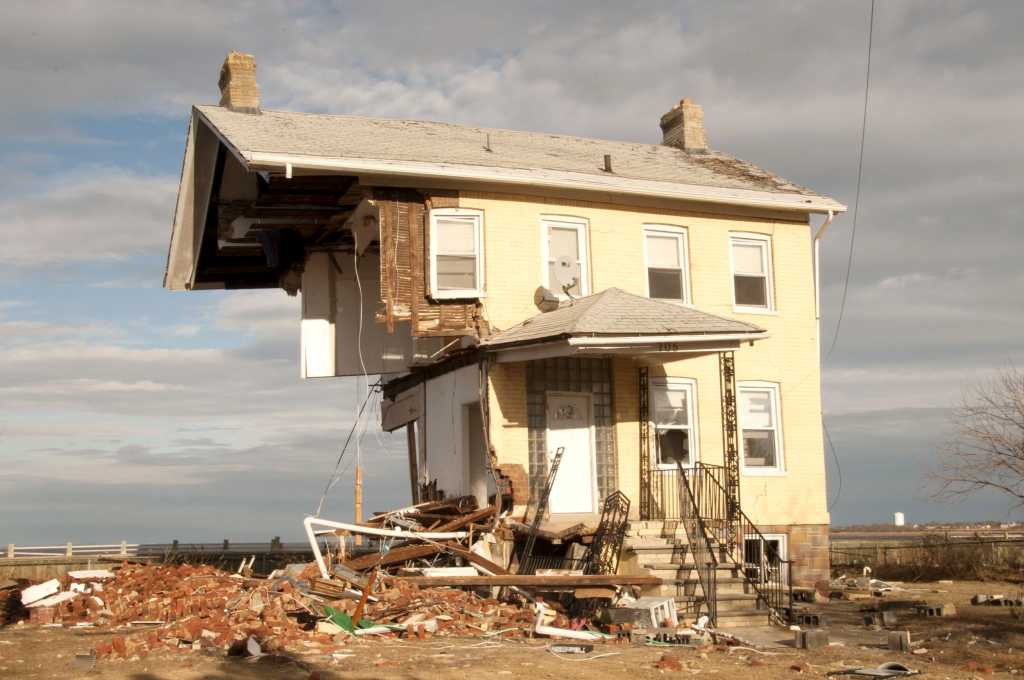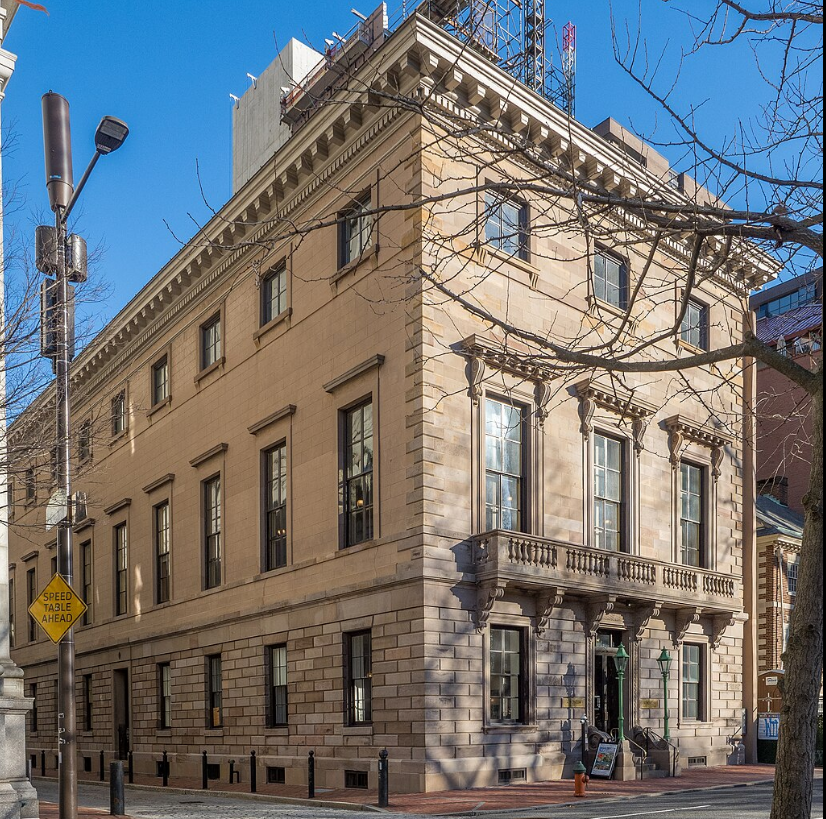Hurricane Sandy: on New Jersey’s Forgotten Shore by Abigail Perkiss is a brief yet refreshing and somewhat inspiring oral history of New Jersey residents in the Raritan Bayshore before, during, and after Hurricane Sandy in 2012. Perkiss’s book seeks not to provide a “comprehensive evaluation of Hurricane Sandy in New Jersey” nor a “blueprint of postdisaster response or a polemical treatise on what went wrong” but instead seeks to tell “the story of the individual choices that residents made in the days preceding [the storm’s] landfall and the personal dilemmas they faced as they struggled to rebuild their lives” (Perkiss, Hurricane Sandy, viii–ix). As such, Perkiss heavily draws upon interviews conducted by her students during an oral history seminar course at Kean University crafted in response to the aftermath of Hurricane Sandy to provide an “intimate window into the human impact of a devastating storm and the intended and unintended consequences of long-term policy decisions that created the conditions for such destruction” (ibid.).
Hurricane Sandy is an admittedly shallow book, ending up with only eighty-six pages of sheer content on the prelude to, impact of, and aftermath of the storm. But this is not, I believe, to a fault. By Perkiss’s own admission, she does not try to make any broader claims about government disaster mitigation strategy, environmental policy, or the bureaucratization of emergency relief—even though she very likely could have. Instead, Hurricane Sandy is a book about human experience that is naturally situated in conversation with larger historical topics and analysis, and the process of uncovering and understanding such. In other words, Hurricane Sandy is, along with its core emphasis, a book about why doing oral history work is important.

Environmental histories and political histories of natural disasters are not difficult to come across. Bottom-up accounts of such events can be found relatively easily, too, yet these are often, unintentionally or maliciously, sensationalized for public consumption. Finding bottom-up histories of disasters that tell the economic, emotional, and personal stories of individuals and their communities, without preying on their hardship, is a difficult task. Oral history is perhaps the most prudent of methods in doing so, as Perkiss and her students were able to prove in their Staring Out to Sea project. Their work can get at the events regarding and surrounding Hurricane Sandy from a truly human perspective; how Bayshore residents thought and felt, quite literally, during the nerve-wracking preparations before and harrowing moments during the storm.
I believe that the oral history work conducted by Perkiss and her students can provide excellent guidance for this class’s own oral history project, though on a much different scale. The appendices in Hurricane Sandy contain much-welcome information regarding project planning, preparation, and execution, a topic sorely underexplored in most oral histories. Methodology in oral history books is often discussed in theoretical terms, or not at all. The real nitty-gritty practical considerations of organization, planning, travel, time, and money are often left to be figured out in the context of individual projects. While it is true that every project is circumstantially different, simply reading about how others design and implement plans for oral history projects is refreshing and insightful. However, where Perkiss’s project and our class project differ is in the depth of trauma and emotion involved. Labor histories can most definitely involve a great deal of trauma and emotional investment—people’s livelihoods, sometimes for the majority of their lifetime, can be involved after all—but I believe this differs dramatically from a true crisis oral history (to borrow Lynn Abrams’s term). Many of Perkiss’s students discussed the importance of recognizing trauma; during the interview, after the interview, from subjects, from the oral historians. Oral history can perhaps be the most inwardly inquisitive method of academic history. In the case of Hurricane Sandy, people discussed perhaps the single most traumatic event of their lives. I simply do not see this level of trauma, the intersubjectivity that results, and all other considerations to be thereof to be applicable to our project. This in no way detracts from all of the practical value to be found in Hurricane Sandy, but the emotional dimensions I consider to be too far removed.
Above all else, perhaps, I would have greatly appreciated a dedicated, chapter-length discussion on oral history methodology and theory utilized by Perkiss and her team of students. The appendices provide good details of such, but (as always, I suppose) more would have been that much better.
Discussion Questions Regarding Hurricane Sandy:
- What was the primary measure of success in the Staring Out to Sea project? Was it enough to get human experiences of Hurricane Sandy recorded and made publicly available?
- What was the biggest challenge in organizing and executing the parameters of the project?
- Do you believe that the aural recording or the written transcript provided the most value to the oral history project? I.e., tape vs. transcript?
- What theories of oral history or prior oral history scholarship were most influential in the crafting and implementation of the Staring Out to Sea project?
- If you could go back and change anything about the project (in retrospect), what would it be?
